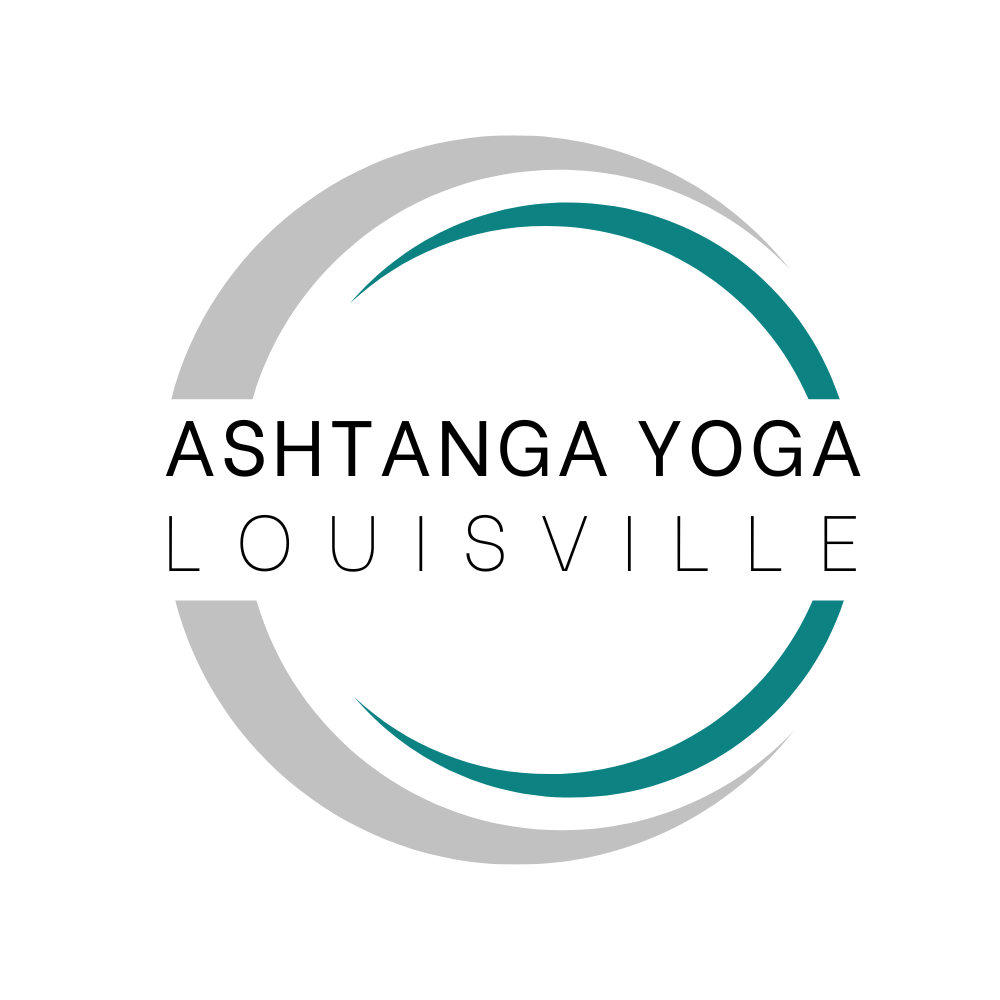Frequently Asked Questions
-
Mysore, named for Mysore, India where the practice originated, is a self-paced class allowing students to receive individual instruction while learning the Ashtanga yoga practice. All levels are welcome, from complete beginners to advanced practitioners who are looking to deepen their understanding of the practice. In the beginning, new students receive more guidance. As they become familiar with the practice, they are allowed more independence, getting adjustments only when needed.
-
Since Mysore classes are self-paced, students are not limited to the pace and rhythm of a led class or an instructor. While led classes are a great way to learn about the breath and vinyasa, Mysore-style is where you follow your own breath to deepen your focus and meditation skills. In a led class, you may just skim over a new or difficult pose, but the Mysore-style provides a unique opportunity to wok one-on-one with the teacher to progress and experience the benefits of yoga practice. The Ashtanga system is not complete without incorporating both styles of learning. Traditionally, Ashtanga is practiced six days a week, with 1-2 of those days being led classes.
-
Absolutely not! Mysore class is where students are meant to learn the series. The teacher will guide you through the series pose-by-pose; teaching Surya Namaskara first and leading each student through the practice based on their personal needs.
-
No! Mysore classes are a scheduled block of time where students can arrive at their convenience, so long as they have completed their practice by the time the shala closes.
-
New students should budget 30-45 minutes for their first class. That timeframe will gradually expand as they progress and continue to learn more postures. So, if Mysore hours are 6:30-9 am, you might arrive at 8:15 am the first day, but over time you’ll be required to arrive earlier since the practice will be longer.
-
Short answer, yes. An impartial and knowledgeable teacher is helpful to guide to through the practice and determine when you’re ready for the next posture. Adding postures one at a time is the safest and most effective way to learn, allowing you to gain proficiency in that posture before advancing to the next. As you gain strength, stamina, and flexibility, poses are added onto the sequence. Undertaking a new posture before you are ready may lead to injury or imbalance in the body. The teacher provides assistance on when and how to approach postures in a safe manner by offering experience from their own daily practice. In addition, the teacher can help hold you accountable and encourage you to work at your full potential.
-
In the early morning, the mind is alert, focused, and peaceful. The stillness and calmness of your inner being is mirrored by the outside world. The yogis call this Brahma muhurta, or “sacred time”. With that said, any time is a good time to practice yoga, and we have evening classes to accommodate those whose schedule require them to practicing later in the day.
-
Ideally, practicing 5-6 days per week is recommended. Beginners may find that 2-3 days is optimal as they begin to acclimate to the physicality of the practice and start to remember the sequence of postures. If possible, your practice should be at the same time every day as you will appreciate the routine and respond better to the practice. Although you may find that you are a little sore in the beginning, the regularity of a daily practice removes the soreness in the muscles and invigorates the body each day. Of course, if you feel that resting a few days would help with your recovery, it’s ultimately up to the practitioner to listen to and honor their own body. If you have questions, it’s recommended to consult your teacher.
